Memory Game - Printable Version
Welcome to the Memory Game!
Print out the cards to play the memory game - and then discover some interesting facts about the pictures!
Each of the items shown below were invented or first discovered by First Nations and Inuit. Under each image there is more information about these amazing discoveries and contributions! Long before cars were invented, roads in the Prairies were a very rough ride! Wagons often broke on the rough trails. The Red River Cart was designed by Métis fur traders to be sturdy, light, easy to fix, and could carry very heavy loads. Long before people recorded the details of their lives in books, they told stories about themselves and their ancestors. Stories could teach children how to hunt and fish, who were friends and enemies, or to honour promises made with other peoples. These myths and legends continue to be told by many Elders today. Capotes were once worn by many First Nations in what are now the Prairies. These robe-like coats were easy to make and very warm. These jackets became so popular that First Nations often traded beaver pelts for the blankets from which the capote is made. Inuit artists have made carvings out of stone and animal bone for many years. This handmade artwork often represents people and animals found in the Arctic. Inuit artists are known the world over for their art. Seal (as well as caribou) skin is naturally waterproof. It is a perfect material for keeping out snow and ice! These light boots are very warm, and also "breathe", which means they are perfect for keeping your feet dry in very cold climates. This traditional Inuit summer home is made by sewing together many seal or caribou skins. Tupik are easy to move and can be weighed down with large stones to protect against fierce Arctic winds. Using a Qimmiq was one of the only ways to travel in the Arctic for a very long time. Today most Inuit families use snowmobiles to get around town. In fact, there are more snowmobiles in Nunavut than cars! Although it may look like a violin, a fiddle is played in a very different way! Fiddling often tells a story that is acted out through dances called "jigs". Early Métis musicians often made their own fiddles from maple wood and birch bark. Moccasins were traditionally worn by most First Nations, as well as Métis, but are now worn all around the world. These comfortable leather shoes can have hard or soft soles, and some are even decorated with beadwork for special occasions. Each First Nation has its own set of teachings related to the Medicine Wheel. Most teachings explain the importance of the number four (four colours of people, phases of life, directions, seasons), and the never-ending nature of life (represented by the unbroken circle). Traditionally, every part of a slain caribou is used. The animal's bones and antlers are used to make tools. Its fur is used to make boots, coats, gloves and other clothing. Many Inuit continue to hunt the caribou for its meat and fur. Known as baaga'adowe to the Ojibwe and tewaarathon to the Mohawk, lacrosse has been played by many First Nations for hundreds of years. This sport was once played by up to 1,000 people for days at a time with goal posts several kilometres apart. Drums are played during ceremonies, celebrations and gatherings in almost all Aboriginal communities in Canada. Some Cree make painted frame drums, while some Iroquois make water drums. The Inuit make a drum called a Qilautik. Every drum tells its own story. A key part of the traditional Métis outfit, the sash can be worn either around the waist or over one shoulder. Sashes can be used for many different purposes, as well as being highly fashionable on their own! The Métis flag comes in two colours: red and blue. The symbol in the centre of the flag is for "infinity", which means "never ending". This symbol represents the joining of European and First Nation peoples and culture. The Inuksuk, which means 'the likeness of a person' in Inuktitut, is a symbol of Inuit culture. These stone statues are a traditional way of marking a trail or path in the North, where there are few natural landmarks. Canoes have been used by many First Nations and Métis for hundreds of years. Some First Nations built canoes out of birch bark. Others made dugout canoes from cedar trees. Métis Voyageurs travelled hundreds of kilometres in their canoes each year as they delivered furs, medicines and other supplies.On this page
Instructions
Card Descriptions

Red River Cart
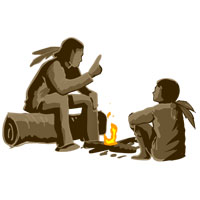
Storytelling

Capote
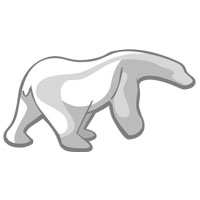
Soap Stone Carving

Kamik

Tupik

Qimmik

Fiddle

Moccasins
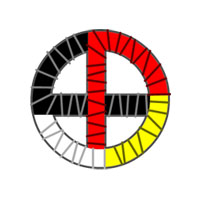
Medicine Wheel
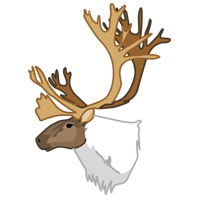
Caribou
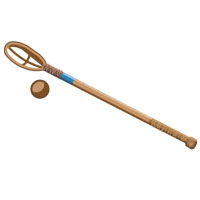
Lacrosse Stick
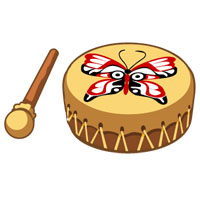
Drum
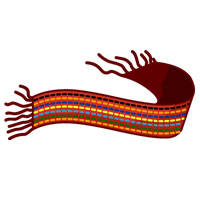
Métis Sash

Métis Flag
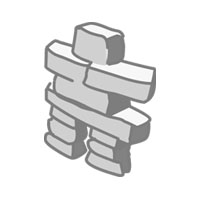
Inuksuk

Canoe
You may also be interested in